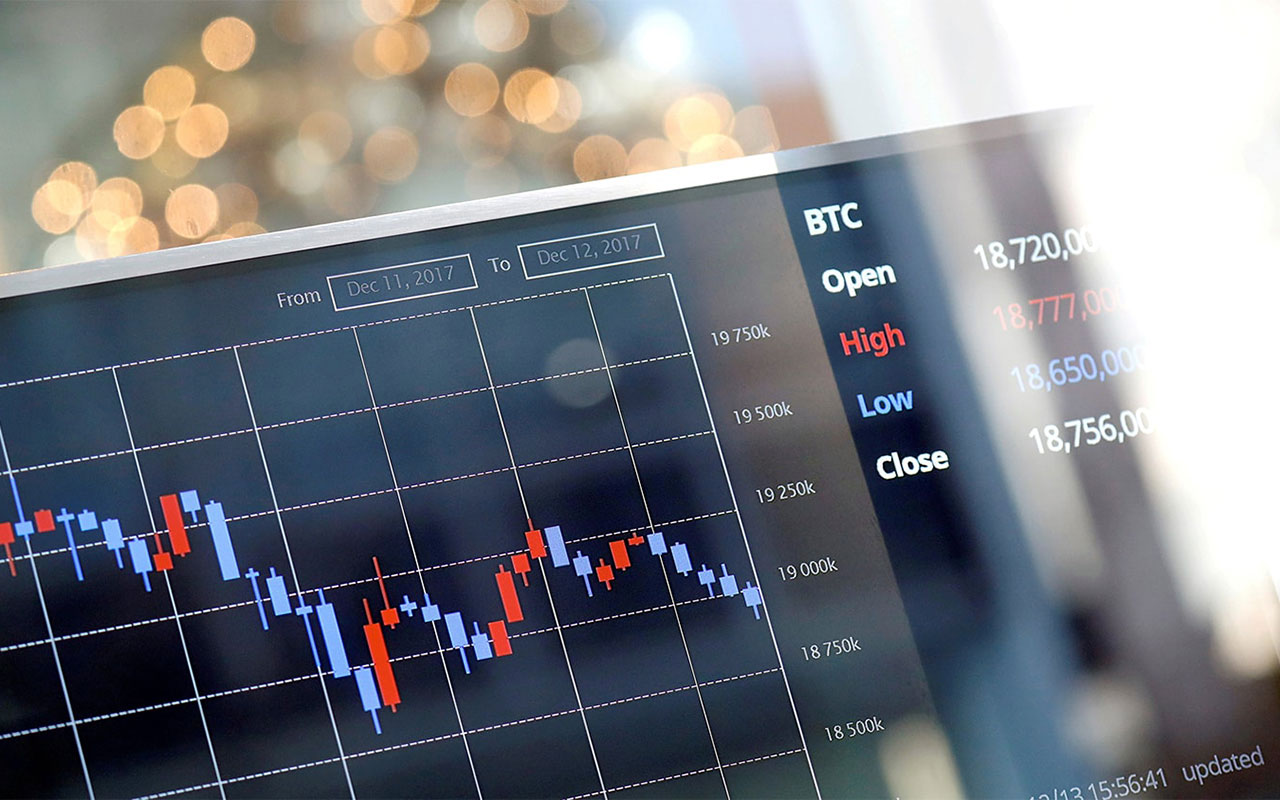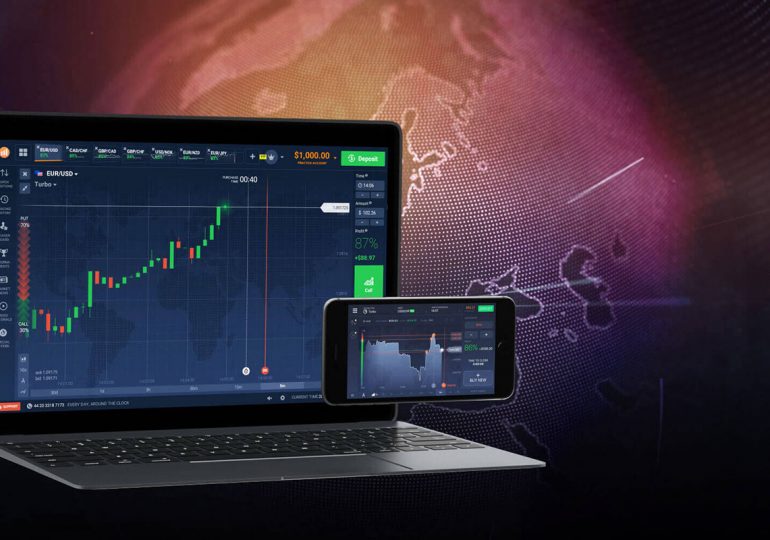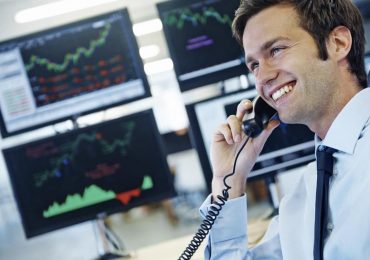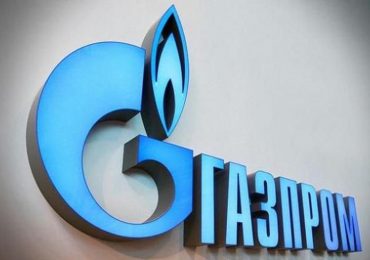What is automated trading
Automated trading becomes more popular, given that many people want to enter the fascinating world of trading on the stock exchange. Earnings through Forex and similar organizations can really be quite large, but for successful work on the stock exchange knowledge of the economy, analytical skills, psychological stability and, of course, some luck are needed. Not everyone has all these qualities, but, nevertheless, wants to make good money. In this case, come to the aid of automated systems that are designed to minimize human intervention. The tools work autonomously and bring profit to the owner – at least in theory. In practice, there are some disadvantages and weaknesses of this technology, which should be known to anyone who thinks about this type of trade.
Traps of automated trading
At the heart of such systems is the idea that trading using a computer should be simple: the user just needs to put the software, once set the rules of buying and selling, and relax, occasionally glancing at the replenishment of his account. In fact, automated trading is a much more complex method, which is based on a multi-level technology. Depending on the chosen platform, orders can be stored on a computer, but not on a server. This means that if the Internet is suddenly disconnected, the order may not enter the market. In addition, there are differences between the “theoretical transactions”, which gives the strategy and the element of the system for entering orders, which embodies them into real transactions. The user of the program will need to learn many things during the use of automated trading. Therefore, deciding to resort to this method, it is better to start with very small transactions until you understand everything.

Since there are technical hitches, the trader should monitor the operation of the systems. Of course, everyone in his dreams sees how to turn on the computer and away from it for the whole day, but in fact you need to constantly be around in case of Internet outages, electricity, computer failures. Also in trading programs there may be problems that theoretically lead to non-existent or repeated orders. If you monitor the operation of the system, you will be able to identify such problems in time and solve them.
In addition, some traders who use the methods of reverse testing, create systems that look great on paper, but in the real market do not show themselves in the best way, even if it is not quite about automatic trading. Too much optimization involves excessive curve tracing the points on the chart, resulting in totally unreliable plan. Some users are convinced that a profitable plan should lead to 100% profitable trades without a single failure. In the pursuit of such an ideal trading solution, they lose objectivity and suffer significant losses in the real market, since no thoughtful method will ever give an absolute guarantee of a stable high income in the financial field.






